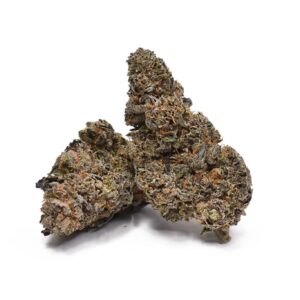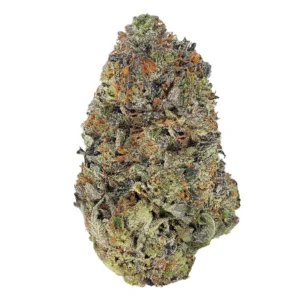Chronic pain can have a significant impact on a person’s quality of life, often requiring long-term management strategies. As individuals seek alternative approaches to alleviate discomfort, cannabis has emerged as a potential option. With its potential analgesic and anti-inflammatory properties, cannabis is garnering attention as a complementary therapy for chronic pain. In this blog, we will explore the relationship between cannabis and chronic pain, discussing the mechanisms of action, potential benefits, considerations for use, and legal aspects. By understanding the role of cannabis in managing chronic pain, individuals can make informed decisions and explore alternative avenues of relief.
- Understanding Chronic Pain: Chronic pain is characterized by persistent discomfort that lasts for an extended period, often three months or more. It can be caused by various conditions such as arthritis, fibromyalgia, neuropathy, or musculoskeletal disorders. Traditional pain management approaches may involve pharmaceutical medications, physical therapy, or lifestyle modifications. However, these methods may not always provide adequate relief or may come with unwanted side effects. This has led individuals to explore alternative options, including cannabis, as a potential adjunct therapy for chronic pain management.
- Cannabinoids and Pain Relief: Cannabis contains numerous compounds, known as cannabinoids, that interact with the body’s endocannabinoid system (ECS). The ECS plays a vital role in regulating various bodily functions, including pain perception. The two primary cannabinoids of interest are tetrahydrocannabinol (THC) and cannabidiol (CBD). THC is known for its psychoactive properties and potential pain-relieving effects. CBD, on the other hand, is non-intoxicating and may offer anti-inflammatory and analgesic properties without the psychoactive effects. These cannabinoids, along with other lesser-known compounds, work together to potentially modulate pain signals and reduce inflammation, providing relief for individuals with chronic pain.
- Potential Benefits of Cannabis for Chronic Pain: Research suggests that cannabis may offer several potential benefits for individuals experiencing chronic pain. It has been reported to help alleviate pain intensity, improve sleep quality, and enhance overall well-being. Cannabis’s analgesic properties may be particularly beneficial for neuropathic pain and conditions such as multiple sclerosis or chemotherapy-induced discomfort. Additionally, cannabis may help reduce reliance on opioid medications, potentially minimizing the risks associated with opioid use, such as addiction and overdose. However, it’s important to note that individual responses to cannabis can vary, and more research is needed to fully understand its effectiveness and long-term effects.
- Considerations for Cannabis Use: Before incorporating cannabis into a chronic pain management routine, several factors should be considered. It’s important to consult with healthcare professionals who are knowledgeable about cannabis therapeutics to assess its suitability for individual circumstances. Factors such as strain selection, cannabinoid ratios, dosage, and consumption methods should be discussed to tailor the approach to specific needs. It is advisable to start with low doses, monitor the effects closely, and make adjustments as necessary. Additionally, individuals should be aware of potential side effects, such as dry mouth, dizziness, or cognitive impairment, and take precautions, especially when operating machinery or driving.
- Legal Considerations: In Canada, cannabis for medical and recreational purposes is legal. However, specific regulations govern its use, purchase, and possession. Individuals seeking cannabis for chronic pain management should obtain their supply from licensed dispensaries or through authorized channels. It’s essential to understand local laws, possession limits, and consumption regulations to ensure compliance. Healthcare professionals can guide patients through the legal aspects and provide appropriate documentation for medical cannabis use, if necessary.
Conclusion
Cannabis presents a promising alternative approach to managing chronic pain, offering potential relief and improved quality of life for individuals seeking alternatives to traditional pain management strategies. By understanding the mechanisms of action, potential benefits, considerations for use, and legal aspects, individuals can navigate the world of cannabis as a complementary therapy for chronic pain. Consulting with healthcare professionals, staying informed about regulations, and being mindful of individual needs and responses will help individuals make informed decisions and explore cannabis’s potential role in alleviating chronic pain.






